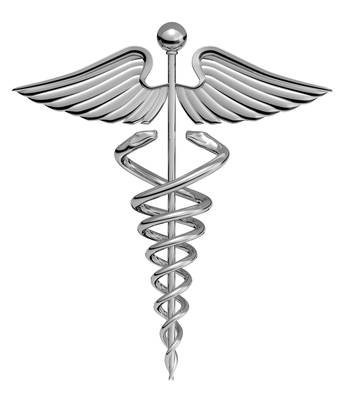The Benefits Provided To Veterans
- Compensation and Benefits Service
- Pension Service
- Education, Job Training and Transition Service
- Life Insurance Service
- Home Loans Service
The Veterans Benefits Administration, or VBA, provides a number of services to military veterans. Its primary function is to administer benefits and claims to former servicemembers. The benefits for service take a number of different forms, and this guide will give an overview of five functions the VBA performs.
1. Compensation and Benefits Service
One of the primary functions of the Veterans Benefits Administration is to provide benefits to disabled former military members. These benefits are paid for any injury or disease caused by or exacerbated during active military service. This includes conditions that may arise after service. Benefits can be paid to a surviving spouse or family member of someone who died while serving. This program is known as Dependency and Indemnity Compensation (DIC). Special Monthly Compensation (SMC) is an additional benefit with a higher payout for special circumstances, such as having lost an arm or a leg, or for a veteran who requires aid in everyday function. Disability compensation from the VBA is tax-free.
2. Pension Service
Pension benefits are considered needs-based, so not everyone leaving military service is eligible. There are two types of pensions. The first is the Veterans Pension, which is paid to wartime veterans who have limited or no income. The second is the Survivors Pension, which is given to eligible spouses and children of deceased veterans. To be eligible, veterans need to meet requirements such as being at least age 65 with limited income or permanently and entirely disabled per the US Department of Veterans Affairs.
3. Education, Job Training, and Transition Service
Education, job training, and transition services are also benefits overseen by the VBA. The VBA provides resources for choosing a school as well as financial assistance for former military members who wish to continue their education. This also includes assistance in transferring to civilian jobs and vocational training so former military members can secure the jobs they want. The Transition Assistance Program (TAP) focuses on goals, plans, and success (GPS) to develop customized transition plans for individual servicemembers. Former servicemembers continue to meet with their TAP manager after leaving active service for support and to answer questions.
4. Life Insurance Service
The VBA provides six different types of life insurance for veterans and their families. The most basic is Servicemembers’ Group Life Insurance (SGLI), in which all active servicemembers are automatically enrolled. Veterans’ Group Life Insurance (VGLI) offers the opportunity to convert SGLI coverage to a civilian program once service is left. The purpose of Family Servicemembers’ Group Life Insurance (FSGLI) is to ensure the children and spouses of servicemembers receiving SGLI coverage.
There are other, more specific coverage options available, which include Servicemembers’ Group Life Insurance Traumatic Injury Protection (TSGLI), Service-Disabled Veterans’ Life Insurance (S-DVI) and Veterans’ Mortgage Life Insurance (VMLI). The VBA operates an online portal that makes managing insurance benefits easier.
5. Home Loans Service
The VBA also oversees the VA Guaranteed Home Loan Program. This loan program is designed to make it easier for veterans returning from military service to purchase a home. The VA guarantees a portion of these loans and the loans themselves are given out by private lenders. Downpayments or private mortgage insurance are usually not required for Purchase Loans, and homes can be purchased at a very competitive interest rate. Eligibility for home loan benefits is determined by a number of factors, such as the length of service and character of service, among others.
These services ensure veterans receive benefits earned. Benefits provided by the Veterans Benefits Administration have helped thousands of servicemembers transition into and meet their goals in civilian life.
